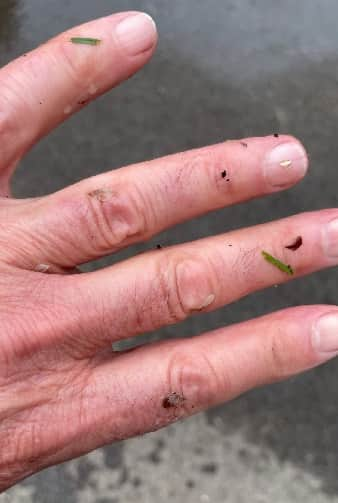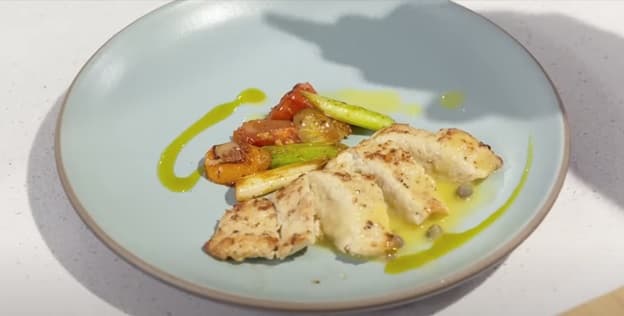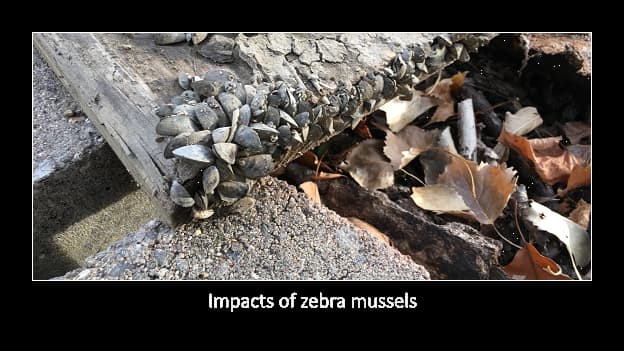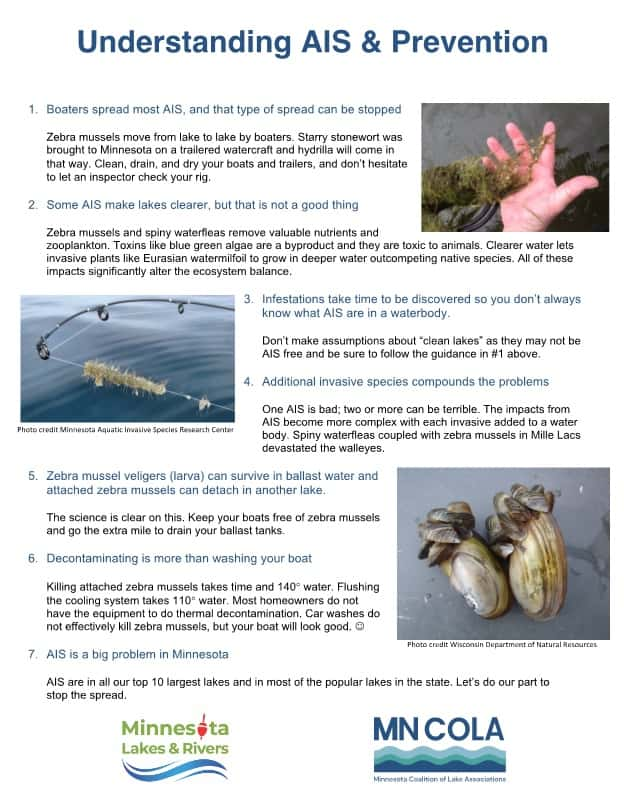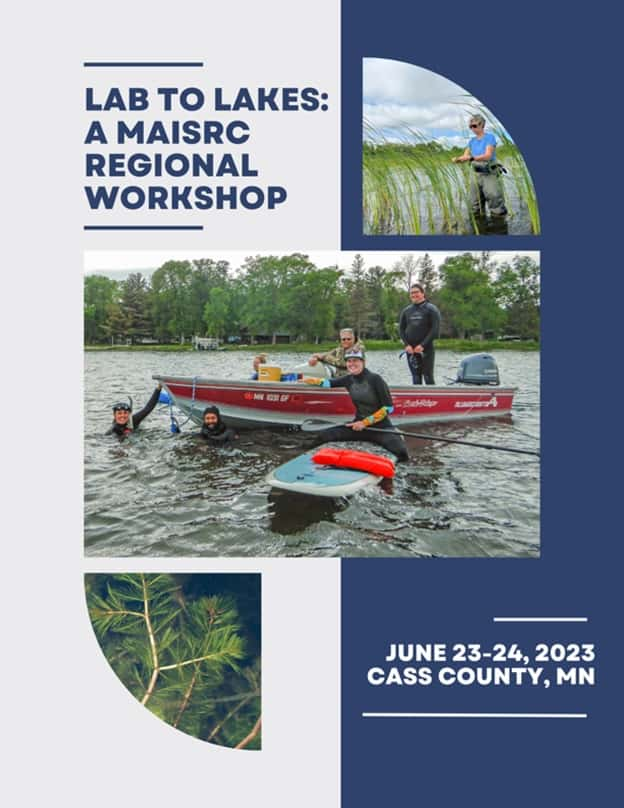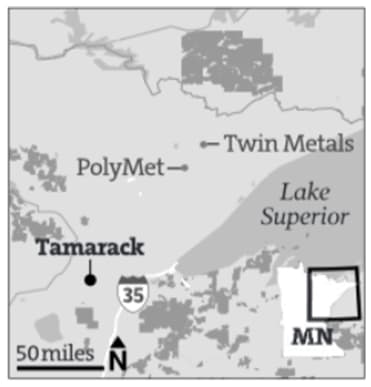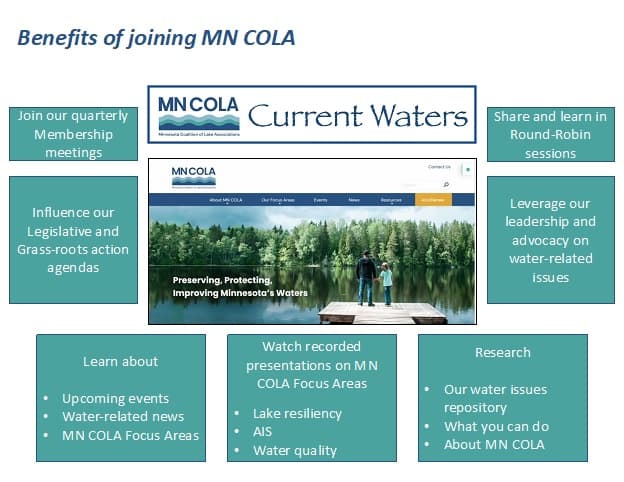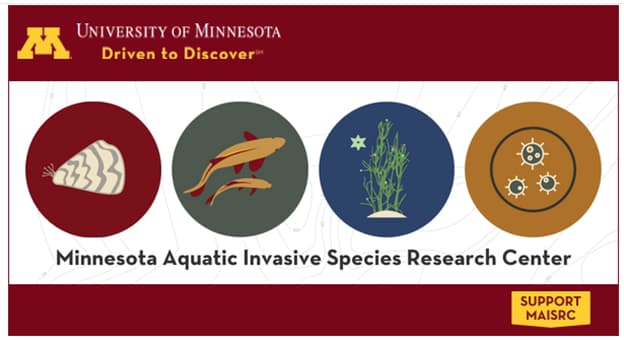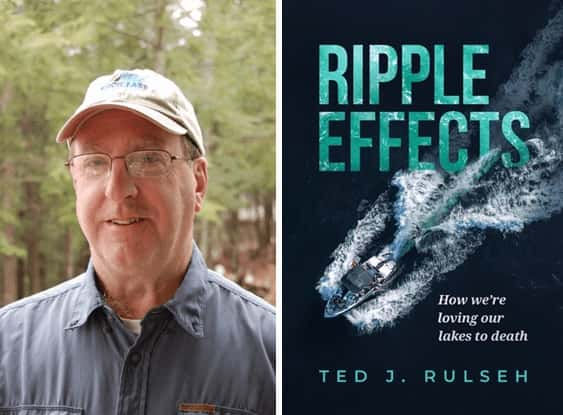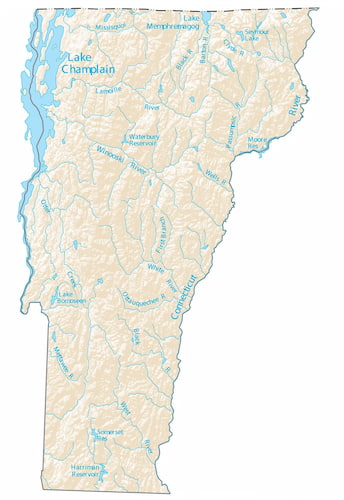
Vermont may soon have the toughest rules in the US for managing wake boats and their activities. Vermont’s rulemaking process is different than Minnesota’s as petitions by the public must be considered. These proposed rule changes were developed by the state in response to a petition submitted in March 2022 from an organization called Responsible Wakes for Vermont Lakes. The Phase 1 wake research done by the St. Anthony Falls Lab at the U of MN was part of the basis for the petition and the state’s proposed rule.
The proposed rule defines a ‘wakesports zone’ as having a minimum of 50 contiguous acres that are at least 500 feet from shore and at least 20 feet deep. The proposed rule also includes a “home lake” approach to help reduce the potential for wake boats to spread AIS from residual water in their ballast tanks.
The petitioners are pleased with the proposed rule but note that the distance from shore is not sufficient as per the U of MN’s peer-reviewed research to reduce the ecological and safety impacts.
MN COLA is proud to have provide input and support for the petition.

